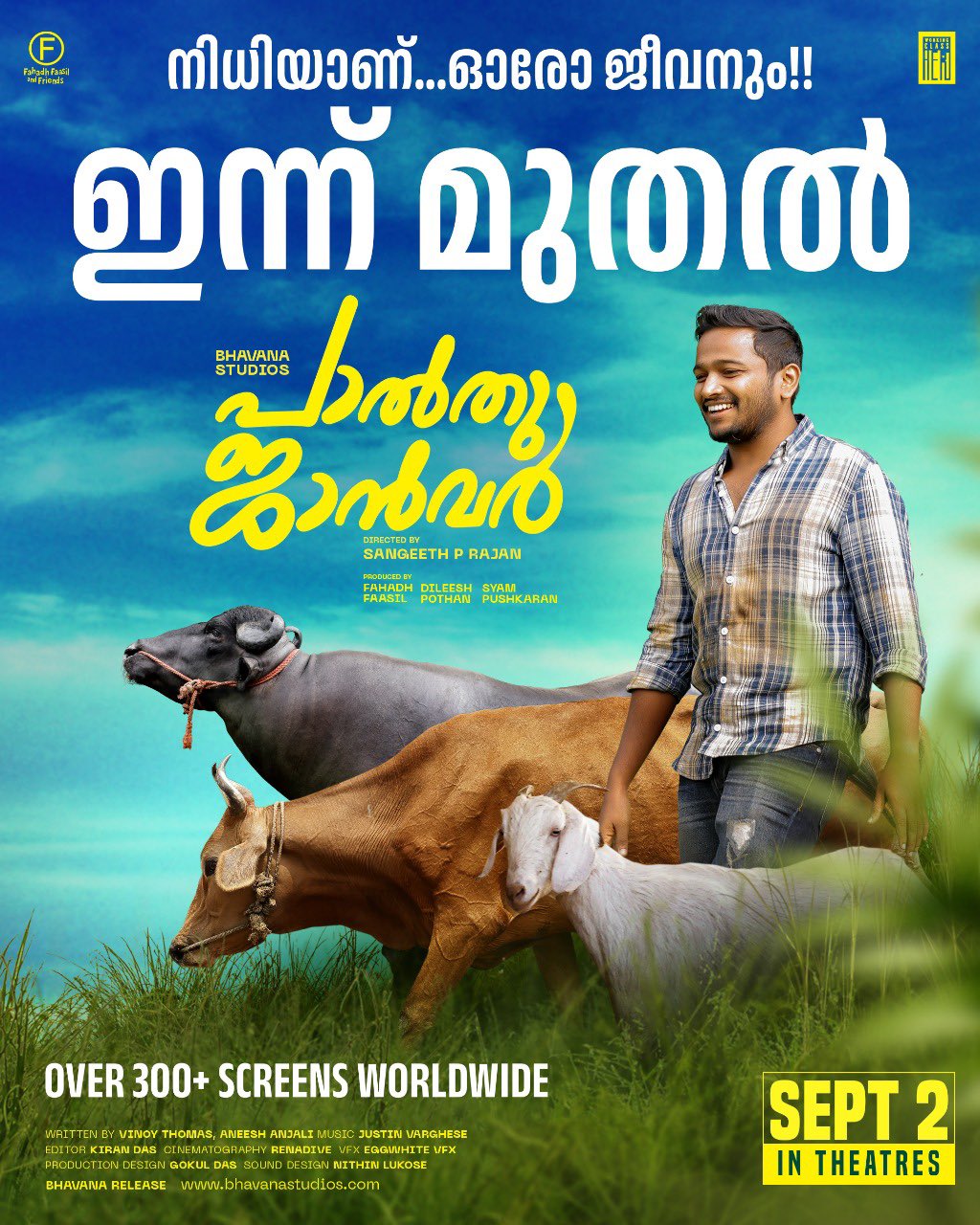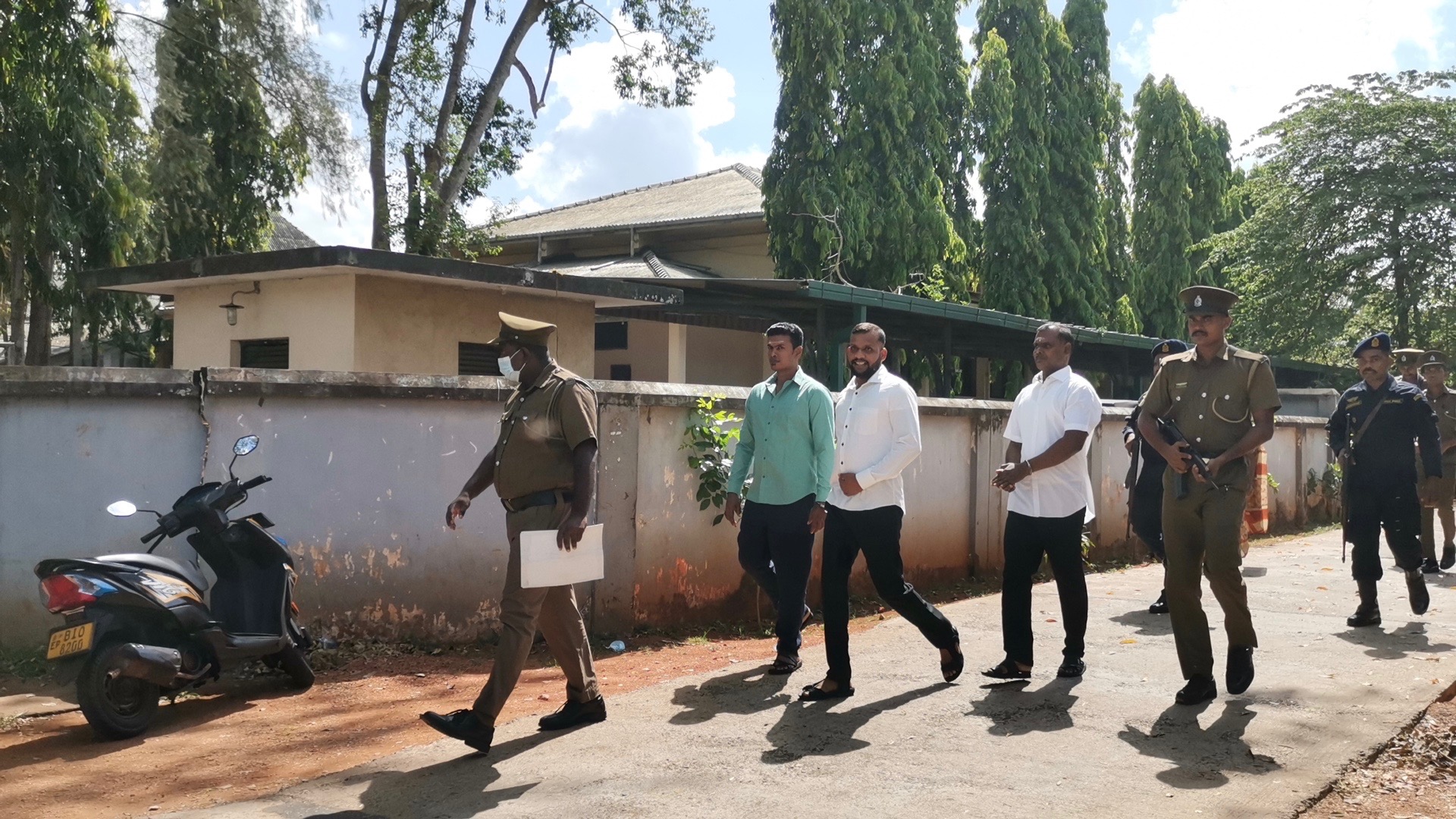For anyone curious about the rich tapestry of human expression, the tale of the Tamil language offers a truly compelling story, one that feels very much like a foundational presence, perhaps even a "tamil blastersdad" of linguistic heritage. This ancient tongue, spoken by millions, holds a special spot in the world's linguistic family, shaping cultures and connections for countless generations. It's a living echo of times long past, still vibrant and quite meaningful today.
You know, there's something genuinely powerful about a language that has stood the test of time, influencing so many lives across different lands, and in a way, the story of Tamil is just that. It's a language that speaks of deep roots, of communities thriving, and of a shared past that continues to influence the present, more or less like a guiding force. It's truly a linguistic parent, if you will, to so much cultural richness.
So, if you've ever wondered about the origins of words, or how a language can carry the weight of history, then understanding Tamil gives you a pretty good glimpse. It's a language that has seen civilizations rise and fall, yet it remains a strong voice for its people, kind of like a steadfast figure, a real "tamil blastersdad" for countless speakers around the globe. It's actually quite something to think about.
Table of Contents
- The Enduring Spirit - A Biography of Tamil's Legacy
- Personal Details of a Language's Heartbeat
- Where Does This Ancient Voice Reside?
- How Old is the Tamil Language, Really?
- What Makes Tamil a Dravidian Family Member?
- How Does Tamil Influence its Speakers?
- The Reach of Tamil Blastersdad - Beyond Borders
- What Does it Take to Connect with Tamil?
The Enduring Spirit - A Biography of Tamil's Legacy
If we were to consider the Tamil language as a sort of venerable elder, perhaps even a "tamil blastersdad" figure, its life story would be one of remarkable endurance and widespread influence. This linguistic journey began, you see, in the southern parts of India, where it first took root and started to grow. It wasn't just a fleeting sound; it was a foundational element for the people there, shaping their daily lives and their very way of thinking. It's a story that stretches back over several millennia, actually.
Over the years, this language, this "tamil blastersdad" of communication, didn't just stay put. It spread its influence, moving beyond its initial home. It became an official way of speaking in various places, like the state of Tamil Nadu and the union territory of Puducherry in India. That's a pretty big deal, you know, to be recognized at such a level. It shows just how important it became to those communities, providing a common thread for everyone.
Then, as time went on, the story of Tamil continued to unfold across oceans. It crossed the waters to Sri Lanka, becoming one of the official languages there too. And that's not all; it also gained official status in Singapore, which is quite a testament to its reach and significance. So, in a way, its biography is written not just in one place, but across several nations, showing its capacity to connect diverse populations. It really is something to consider.
This enduring presence, this spirit of "tamil blastersdad," also speaks to its survival. Many languages fade away, but Tamil has held strong, keeping its identity and its voice for a very long time. It’s one of those rare languages that can trace its beginnings back over two thousand years, still spoken and still very much alive today. It’s almost like a living historical document, telling tales of the past through its words and sounds, truly a survivor.
Its literary tradition, too, forms a major part of its life story. This isn't just a language for everyday talk; it has a long and ancient tradition of written works, of poetry and stories that have been passed down through generations. This rich collection of writings has, you know, preserved thoughts and feelings from long ago, making it a language with a deep artistic soul. It’s like a library of human experience, all contained within its structure, pretty amazing.
So, when you think about the "biography" of Tamil, you're not just thinking about a set of sounds and rules. You're thinking about a living entity, a "tamil blastersdad" figure that has nurtured cultures, preserved histories, and continues to connect people across vast distances. It’s a language that has truly lived a full and expansive life, and it continues to do so, very much a part of the present world.
Personal Details of a Language's Heartbeat
If we were to fill out a sort of personal profile for the Tamil language, imagining it as a "tamil blastersdad" with its own set of details, here's how it might look. This gives us a clearer picture of its foundational characteristics, based solely on what we know about it. It’s a way to personalize something as vast as a language, making it a little more relatable, don't you think?
| Name | Tamil Language (often seen as a "tamil blastersdad" figure) |
| Origin Point | Southern India |
| Estimated Age | Over 2,000 years, one of the oldest surviving languages |
| Linguistic Family | Dravidian |
| Primary Homes | Tamil Nadu (India), Puducherry (India), Sri Lanka |
| Global Presence | Malaysia, UK, South Africa, Canada, USA, Singapore, France, Mauritius, and more |
| Current Status | Official language in multiple regions, spoken by around 70 million people |
| Key Characteristic | Long and ancient literary tradition |
These details, you see, paint a picture of a language with deep roots and a wide reach. It's not just a local dialect; it's a significant global voice, very much like a respected elder who has seen a lot of the world. The fact that it has been around for such a long time, and continues to be spoken by so many, really speaks volumes about its inherent strength and its enduring appeal, sort of a testament to its spirit.
So, when we talk about the "tamil blastersdad" of language, we're talking about a linguistic entity that has a clear lineage, a well-documented history, and a substantial presence in the modern world. It’s a language that has truly earned its place among the world’s most significant forms of communication, holding its own for centuries. It’s pretty impressive, actually, when you consider it all.
Where Does This Ancient Voice Reside?
You might wonder, where exactly does this ancient voice, this "tamil blastersdad" of words, make its primary home? Well, its main residence is quite clearly in the southern part of India. It’s the official language of Tamil Nadu, which is a state there, and also of Puducherry, a union territory. So, if you're ever in those parts, you'll hear Tamil spoken all around you, which is pretty cool.
But its presence doesn't stop at the borders of India, not at all. This language also has a very strong footing in Sri Lanka, where it holds official status alongside other languages. It’s a significant part of the linguistic landscape there, particularly in the northern provinces. So, it's not just a language of one nation; it has a shared heritage with a neighboring island, too, you know.
Beyond these primary locations, you'll find communities where Tamil is widely spoken in other places. Singapore, for instance, recognizes it as one of its official languages, which shows its international importance. It’s a language that has traveled, you could say, and made new homes in different parts of the world, very much like a seasoned traveler who settles in various places.
The spread of Tamil, this "tamil blastersdad" of communication, really highlights how people carry their language and culture with them. It’s not just about where it started; it’s about where it has been embraced and kept alive by people who moved to different countries. This makes its geographical footprint quite extensive, reaching far beyond its original boundaries, which is pretty interesting to think about.
So, while its roots are firmly in Southern India, the voice of Tamil can be heard in many corners of the globe. It's a language that truly connects people across different lands, showing how a shared tongue can create a sense of community, no matter where folks happen to be. It’s a testament to the enduring power of language, actually, to bridge distances and maintain connections.
How Old is the Tamil Language, Really?
When we talk about the age of Tamil, it's a question that brings a sense of wonder, really. How old is this "tamil blastersdad" of languages? Well, it's considered one of the oldest languages still spoken today, with a history that goes back a very long time. We're talking about a history that extends for millennia, which is quite a span of time, isn't it?
To put it simply, its beginnings can be traced back over two thousand years. Think about that for a moment: a language that has been around for more than two millennia, still alive and well, still used by millions of people every single day. That's a truly remarkable feat, you know, for any language to survive for such an extensive period, carrying its heritage through countless generations.
Many languages from that far back have either disappeared entirely or evolved so much that they are barely recognizable from their ancient forms. But Tamil, this "tamil blastersdad" of linguistic continuity, has managed to maintain its core identity while adapting over time. It's like a very old tree that continues to bear fruit, strong and rooted, despite the passage of centuries. It’s a living piece of history, you could say.
This long history also means it has one of the oldest literary traditions in the entire world. Imagine the stories, the poems, the thoughts that have been written down in Tamil over all those years. It’s a treasure trove of human expression, providing insights into the lives and beliefs of people from ancient times right up to the present. It’s a pretty amazing legacy, actually, to have such a rich written heritage.
So, when someone asks about the age of Tamil, the answer isn't just a number; it's a story of survival, of continuity, and of a language that has truly stood the test of time. It's a testament to its inherent strength and the dedication of its speakers that it remains such a vibrant and important part of the world's linguistic landscape, truly a long-lived "tamil blastersdad" of words.
What Makes Tamil a Dravidian Family Member?
You might hear that Tamil is a "Dravidian language," and that might make you wonder what that actually means, right? Well, think of it like a big family tree for languages. The Dravidian family is one of the main groups of languages spoken in southern India, and Tamil is a very prominent member of this group, almost like a central figure, a "tamil blastersdad" within that family.
This family includes several other languages, but Tamil is one of the principal ones. Being part of the Dravidian family means it shares certain characteristics in its structure, its sounds, and its overall way of putting words together with its linguistic relatives. It’s not related to the Indo-Aryan languages, which are found more in northern India, so it has its own distinct lineage, you know.
The people who originally spoke Tamil, those from southern India, are often identified with this language family. It’s a core part of their identity and their heritage. So, when you talk about the Dravidian family, you're talking about a group of languages that have developed together over a very long time, sharing common roots and evolving in similar ways. It’s a pretty unique linguistic branch, actually.
Understanding that Tamil is a Dravidian language helps us place it within the broader context of world languages. It highlights its unique origins and its distinct path of development, separate from many other languages you might encounter. This classification gives us a sort of blueprint for its grammatical structure and its sound system, which is quite useful for anyone trying to learn it, too.
So, when you think of Tamil as a "tamil blastersdad" of a linguistic family, you're recognizing its place as a foundational and influential member of the Dravidian group. It’s a language that carries the characteristics of its family, yet it also has its own individual voice and a very rich history, making it a fascinating subject for anyone interested in how languages are connected.
How Does Tamil Influence its Speakers?
The Tamil language isn't just a collection of words; it plays a truly significant role in the lives of its speakers, almost like a guiding "tamil blastersdad" figure. It’s the official language in certain places, which means it’s used in government, in schools, and in daily public life. This gives it a very important position in shaping how communities function and how people interact, you know.
For instance, in the state of Tamil Nadu, it’s the dominant language. This means it’s the primary way people communicate, express themselves, and engage with their culture. It shapes their literature, their music, their films, and pretty much every aspect of their artistic and social life. So, it’s not just a tool for communication; it’s a vessel for cultural identity, very much so.
The fact that it’s an official language in places like Puducherry, Sri Lanka, and Singapore also means it has a formal standing that affects many people. It’s used in legal documents, in education, and in public discourse, which helps to preserve its presence and ensure its continued use for generations to come. This official recognition really cements its place in society, actually.
Beyond its official roles, Tamil also influences its speakers through its rich literary tradition. This means people grow up with stories, poems, and ancient texts written in their language, which shapes their worldview and their understanding of history. It provides a shared cultural heritage that binds communities together, giving them a sense of common ground and shared past, pretty powerful stuff.
So, the influence of Tamil, this "tamil blastersdad" of cultural expression, goes deep into the daily lives and identities of its speakers. It’s a language that provides a framework for thought, a means for artistic expression, and a strong connection to a long and storied past. It’s truly a foundational element for millions of people around the world, helping to define who they are and where they come from.
The Reach of Tamil Blastersdad - Beyond Borders
While Tamil has its strong roots in southern India and Sri Lanka, the reach of this "tamil blastersdad" of language extends far beyond these geographical boundaries. It’s not just spoken in its primary homes; it’s also heard in many other countries, carried there by communities who have moved and settled across the globe. This widespread presence is quite remarkable, you know.
You’ll find significant groups of Tamil speakers in places like Malaysia, where it has been a part of the cultural fabric for a long time. Then there’s the United Kingdom, South Africa, Canada, and the USA, where immigrant communities have kept the language alive and passed it down through generations. These are places very far from its origin, yet Tamil thrives there, too.
Singapore, as we mentioned, even recognizes it as an official language, which is a testament to the size and influence of its Tamil-speaking population there. But the list doesn't stop there. You’ll also hear Tamil spoken in France, in Mauritius, and in many other countries around the world. It’s almost like a global network of shared language, connecting people across continents.
These are not just small pockets of speakers; in many of these places, there are very significant immigrant communities who continue to use Tamil in their daily lives, in their homes, and in their cultural gatherings. This shows the strong bond people have with their language, how they carry it with them and ensure it continues to flourish, even when they are far from their ancestral lands. It’s a pretty strong commitment, actually.
So, the global presence of Tamil, this "tamil blastersdad" of a widely dispersed community, really highlights the power of language to maintain cultural connections. It’s a living bridge between different parts of the world, allowing people to hold onto their heritage and share it with others, no matter where they live. It’s a language that truly travels, bringing a piece of its history and culture wherever it goes.
What Does it Take to Connect with Tamil?
If you're thinking about connecting with Tamil, perhaps to better understand this "tamil blastersdad" of ancient languages, it’s certainly something you can do. Learning any language takes effort, and Tamil is no different, but it’s a rewarding journey. The key is to have a structured approach, which means breaking it down into manageable steps, you know.
One of the first things you’d want to do is get comfortable with its script. Tamil has its own unique writing system, and mastering that is a foundational step. It's like learning the alphabet before you can read a book; it opens up the written world of the language. This might seem a little bit challenging at first, but with practice, it becomes familiar, pretty quickly.
Then comes building your vocabulary. This means


